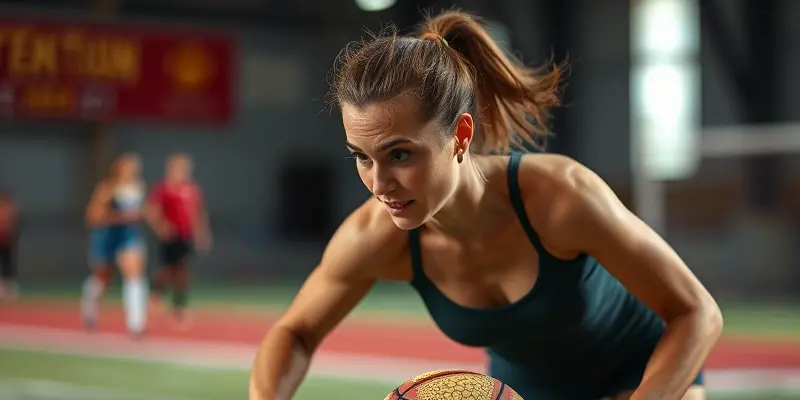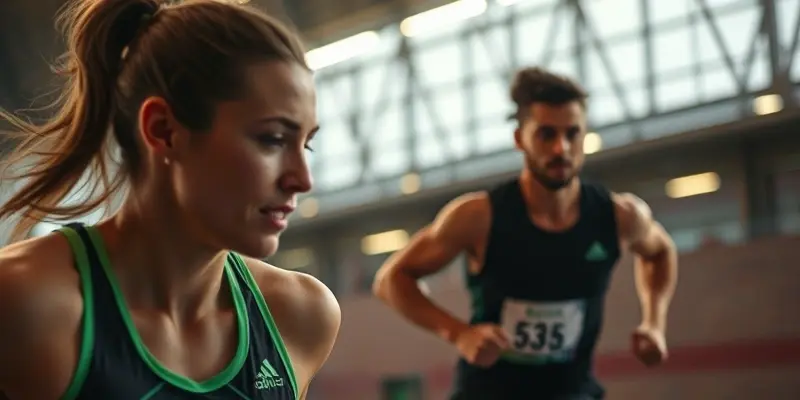Team sports are powerful: they build camaraderie, challenge us physically, and spark our competitive spirit. But whether you’re just starting in a local league, a seasoned amateur, or a pro, one reality unites us all—injuries can happen. The key difference between bouncing back quickly versus sitting on the sidelines isn’t luck; it’s knowledge and having the right strategies for prevention and recovery.
Common Injuries in Team Sports
What You’re Most Likely to Face
Across sports like soccer, basketball, football, and hockey, the most frequent injuries include:
- Knee injuries (ACL tears, patellar tendinitis)
- Ankle sprains and stress fractures
- Shoulder injuries (dislocations, rotator cuff tears)
- Hamstring strains
- Head and face injuries in contact-heavy sports
These aren’t just statistics—they can affect anyone, regardless of experience or talent.
Why These Injuries Happen
Most injuries stem from a combination of factors:
- Sudden changes in movement or direction (like pivoting or sprinting)
- Collisions or falls
- Fatigue, which compromises form and stability
- Improper technique or inadequate warm-up
Understanding this helps you act before an injury strikes.
Smart Injury Prevention Strategies
Effective Warm-Up and Mobility
Never skip your warm-up. Spend 5–10 minutes on dynamic, sport-specific movements (think jogging, leg swings, arm circles). This wakes up your muscles, primes your joints, and greatly reduces risk.
Strength and Stability Work
Weak or imbalanced muscle groups leave joints vulnerable. Incorporate:
- Bodyweight or resistance exercises targeting core, hips, and smaller stabilizers around the knees and shoulders.
- Practical drills, like single-leg squats, planks, or band walks, two or three times a week.
Gear & Technique: How Details Make a Difference
- Use sport-specific footwear and protective gear. Replace shoes when worn out—every step counts.
- Get feedback on your movement technique from a coach or trainer. Small tweaks in how you land or turn can massively reduce stress on joints.
Recovery—From Sideline to Comeback
The RICE Protocol and Early-Stage Care
If you get injured:
- Rest: Avoid stressing the affected area.
- Ice: Apply for 15–20 minutes every few hours.
- Compression: Use wraps or sleeves to control swelling.
- Elevation: Raise the injury above heart-level when possible.
Early, proper care prevents further damage and sets the stage for healing.
Stepwise Physical Therapy and Return to Play
Don’t rush back. For more serious injuries (like ACL tears or bad sprains), a physical therapist will guide you through mobility, strengthening, balance, and ultimately, safe sport-specific activity. Progression is key—jumping steps leads to setbacks.
Tools and Nutrition for Faster Healing
- Compression gear supports recovery.
- Electric stimulation may aid muscle activation for certain injuries.
- Foam rollers and massage guns help manage stiffness and boost circulation.
- Nutrition: Focus on protein, vitamin C, zinc, omega-3s, and hydration to fuel tissue repair and support the immune system.
The Mental Game: Motivation & Resilience During Rehab
Goal Setting, Support, and Staying Engaged
Recovery isn’t just physical—it’s mental. Keep motivated by:
- Setting small, realistic milestones (e.g., regaining full range of motion, jogging pain-free)
- Using visualization to mentally rehearse correct movements
- Connecting with others—rehab is easier with encouragement from fellow athletes or trainers
- Finding alternative physical outlets, like swimming or cycling, to stay positive and fit
Conclusion: Takeaways for Staying Injury-Free and On Track
Whether you’re a rookie or a seasoned athlete, injury prevention and smart recovery are your best teammates. Warm-up well, build balanced strength, and listen to your body. If injury does strike, embrace both science-backed rehab and a resilient mindset. That way, you’ll not only return to the field faster—you’ll be stronger, smarter, and ready to play your best game.
Author: GymPulse Club’s fitness and health experts, blending science with a decade of hands-on athletic coaching. For more insights, explore our complete fitness and recovery resources!

